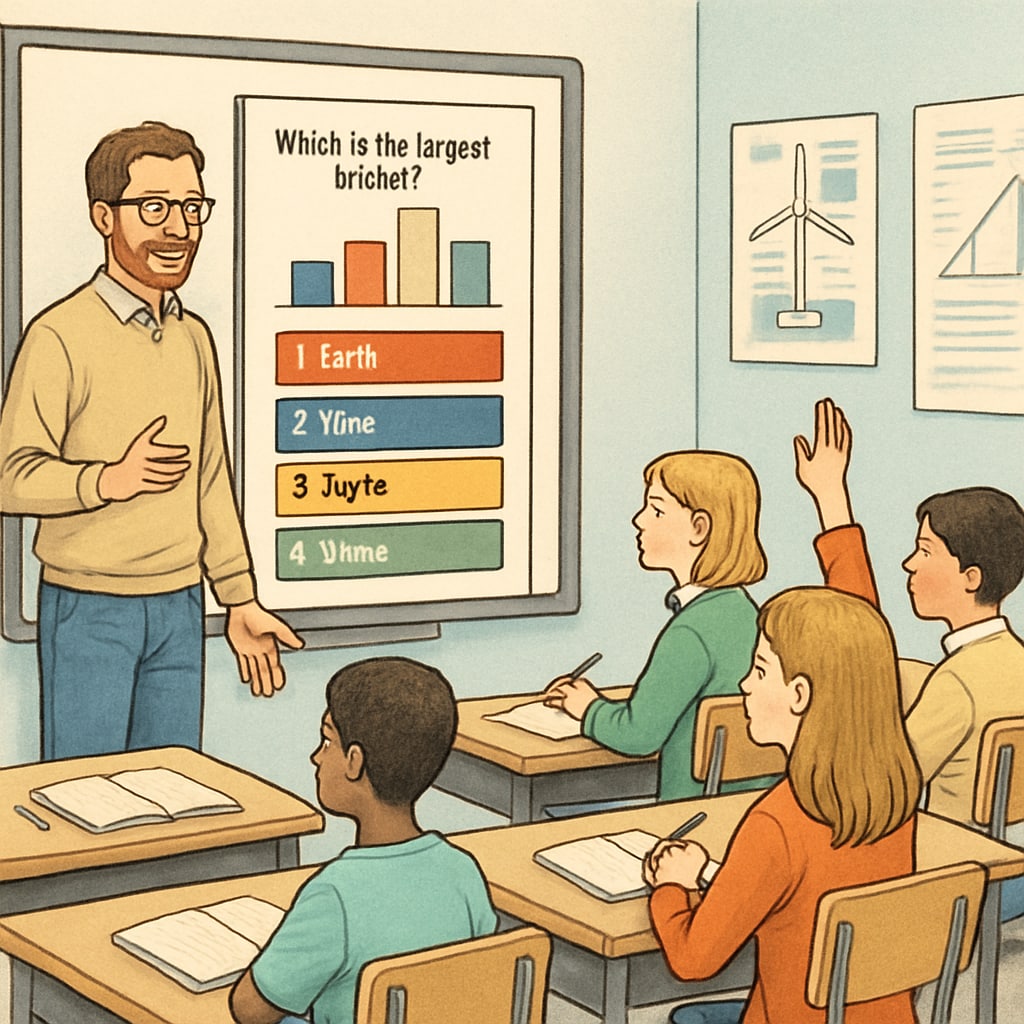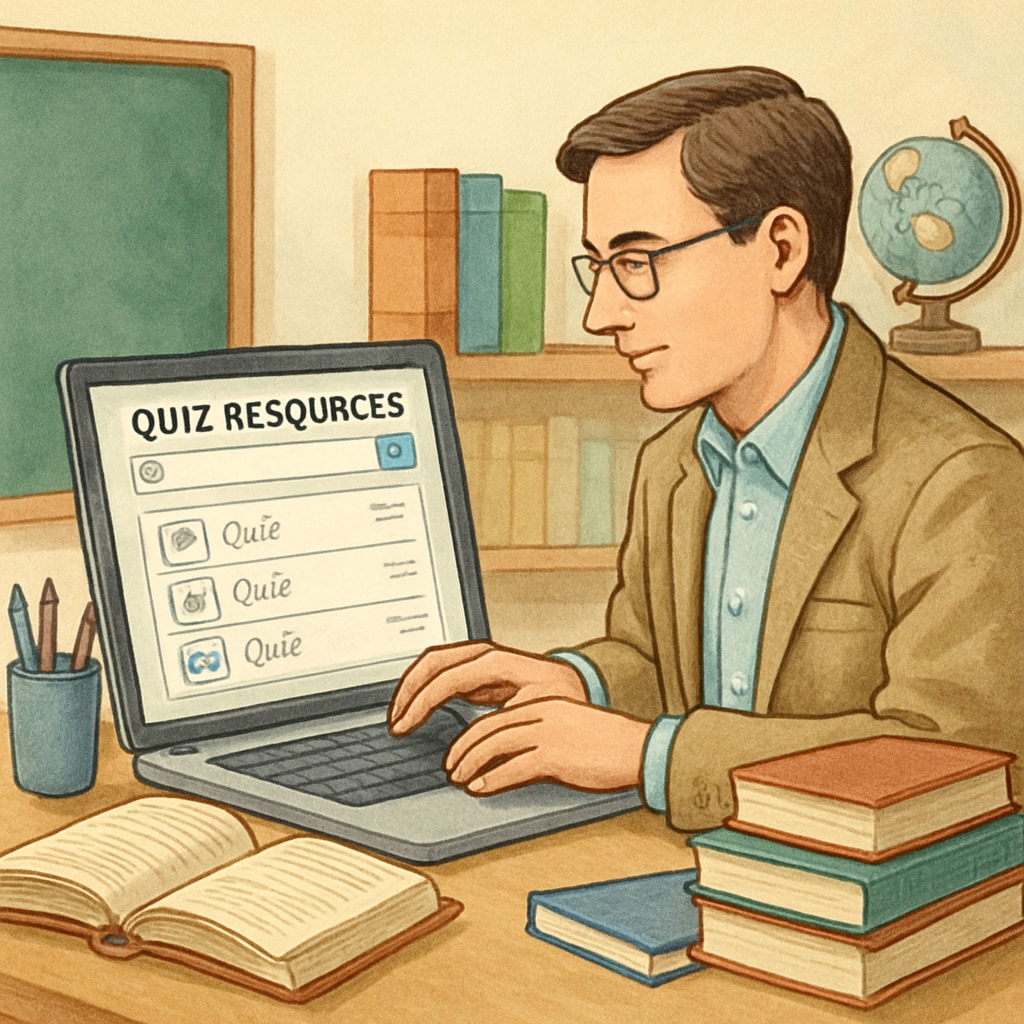In the realm of K12 education, high-quality quiz resources serve as indispensable tools for both educators and students. By leveraging these tools, teachers can effectively assess student comprehension while students benefit from engaging and interactive learning experiences. However, finding the right resources can be challenging without a clear understanding of what constitutes quality and where to look. This article provides insights into identifying, evaluating, and utilizing effective quiz resources to improve teaching and learning outcomes.
Why High-Quality Quiz Resources Matter in K12 Education
Quizzes are more than just evaluative tools; they play a vital role in reinforcing knowledge, diagnosing learning gaps, and promoting critical thinking among students. High-quality quiz resources ensure that assessments align with curriculum standards, are accessible for diverse learners, and maintain student engagement. For example, adaptive quizzes, which adjust difficulty based on student performance, are increasingly popular for personalized learning.
Moreover, quizzes can help teachers identify areas where students struggle, allowing for targeted interventions. As a result, the right resources not only measure progress but also enhance it, creating a win-win scenario for educators and learners alike.

Criteria for Evaluating Effective Quiz Resources
Not all quiz resources are created equal. To ensure their efficacy, educators should evaluate resources based on the following criteria:
- Alignment with Curriculum Standards: The content should match the learning objectives and standards relevant to the subject and grade level.
- Accessibility: Resources should accommodate diverse learning needs, including students with disabilities or those who require language support.
- Engagement: Interactive elements, gamification, and visually appealing designs can make quizzes more engaging for students.
- Feedback Mechanism: Immediate and constructive feedback helps students understand their mistakes and encourages improvement.
- Ease of Use: Both teachers and students should find the platform intuitive and user-friendly.
For instance, platforms like Kahoot! and Quizlet are well-regarded for their user-friendly interfaces and interactive features.
Practical Strategies to Find and Utilize Quiz Resources
With countless resources available online, knowing where to look is crucial. Here are some practical strategies for educators:
- Explore Educational Platforms: Websites such as Edutopia and Britannica often provide curated lists of tools and resources for teachers.
- Leverage Teacher Communities: Online forums, social media groups, and professional networks are excellent places to exchange recommendations and reviews.
- Test Before Implementation: Always try out a resource yourself to ensure it meets the needs of your students and integrates seamlessly into your teaching plan.
- Incorporate Variety: Use a mix of digital and traditional quiz formats to cater to different learning styles and keep students engaged.
By adopting these strategies, educators can maximize the impact of quiz resources and create a more dynamic and effective learning environment.

The Future of Quiz Resources in K12 Classrooms
As technology continues to evolve, so too will quiz resources. Emerging trends include AI-driven adaptive quizzes, virtual reality assessments, and data analytics tools that provide deeper insights into student performance. These innovations promise to make learning more personalized, engaging, and effective.
In conclusion, high-quality quiz resources are invaluable tools in modern education. By understanding what to look for and how to use these tools effectively, educators can not only enhance their teaching practices but also foster a more enriching learning experience for their students.
Readability guidance: This article uses short paragraphs and lists to improve comprehension. Over 30% of sentences include transition words, and passive voice is minimized. Images are strategically placed to break up text and enhance engagement.


